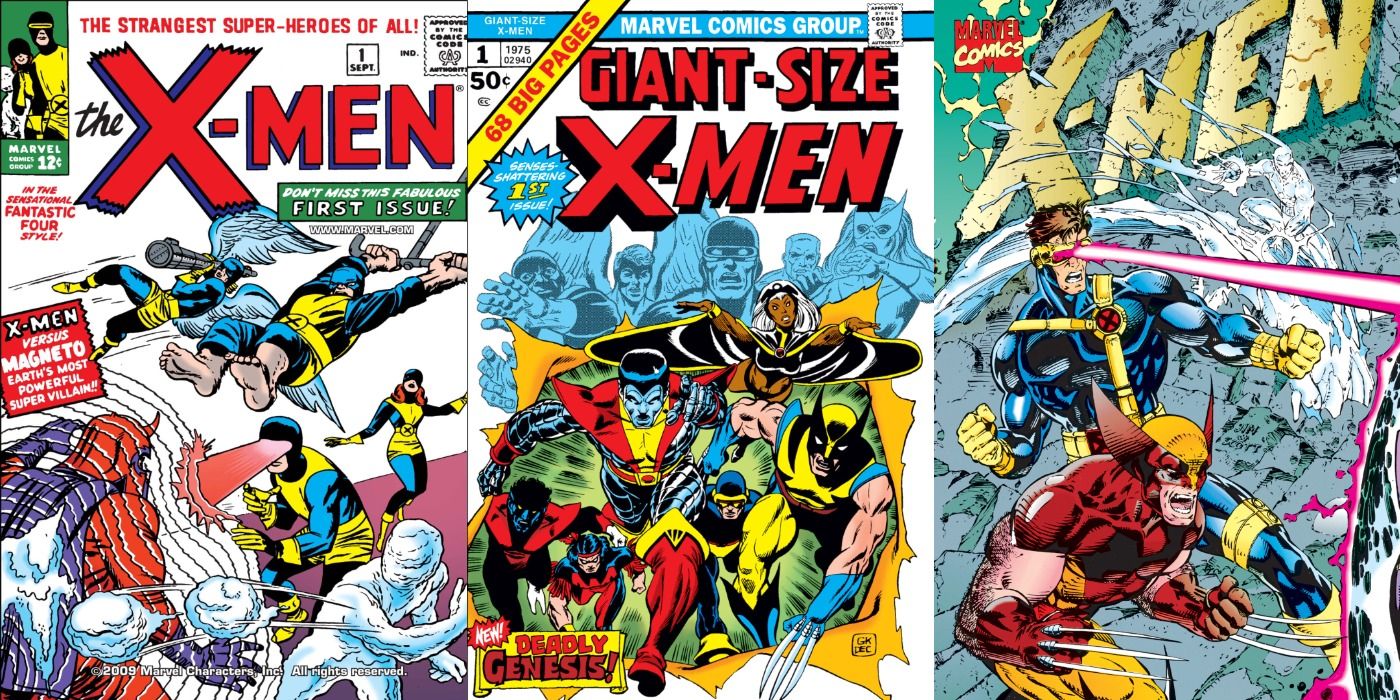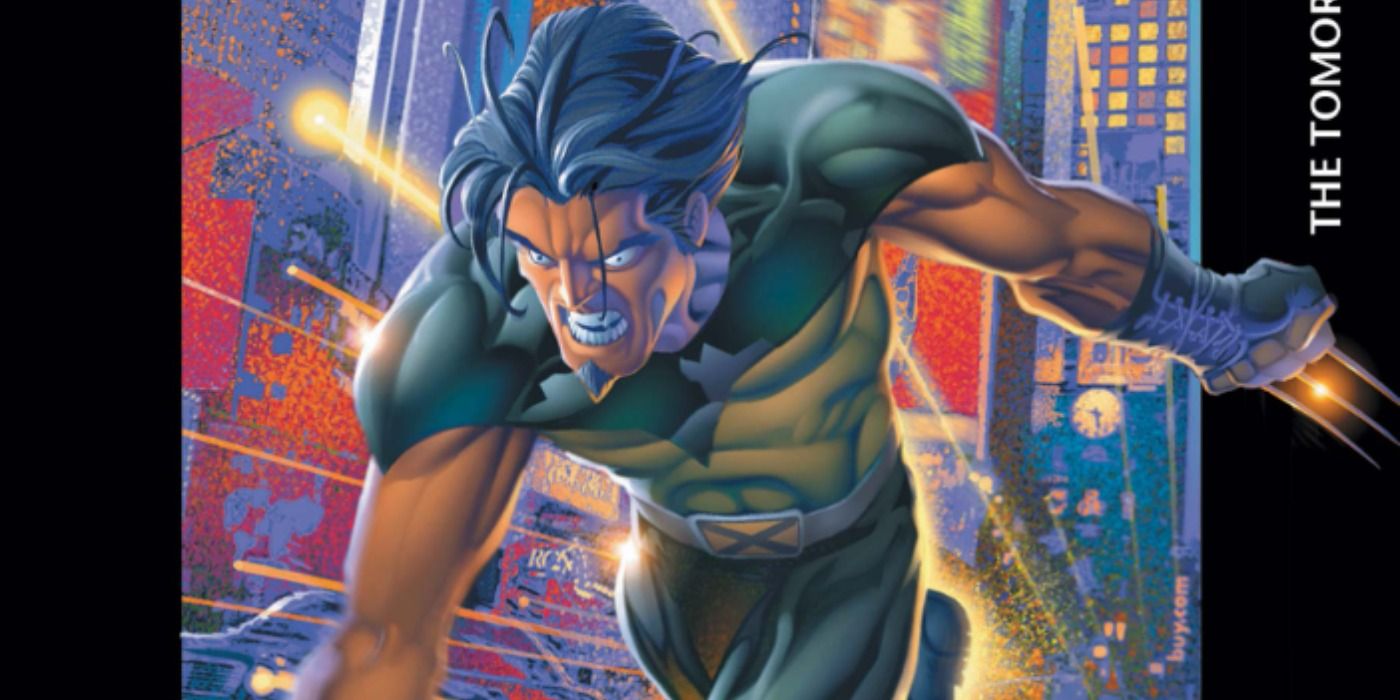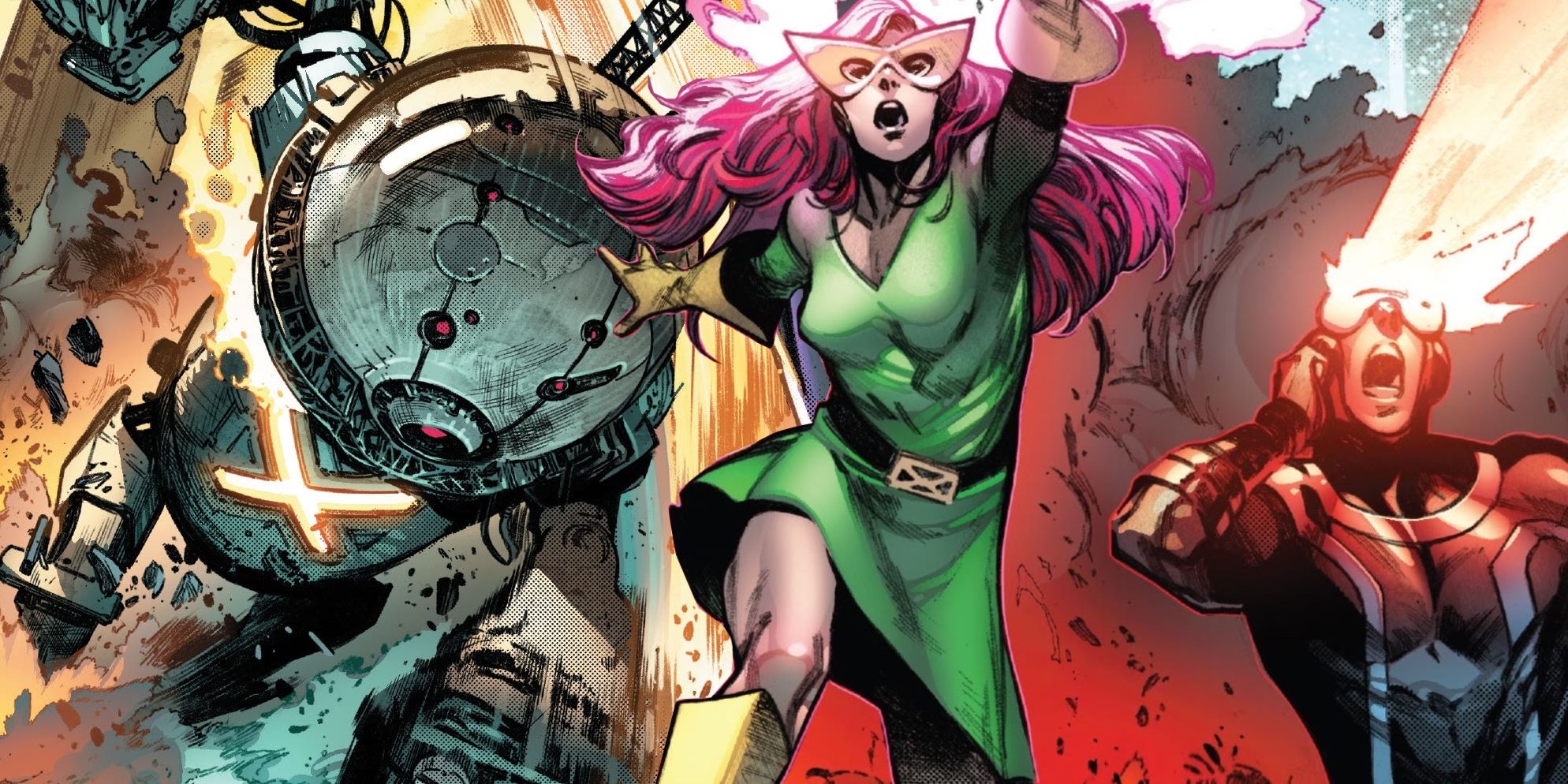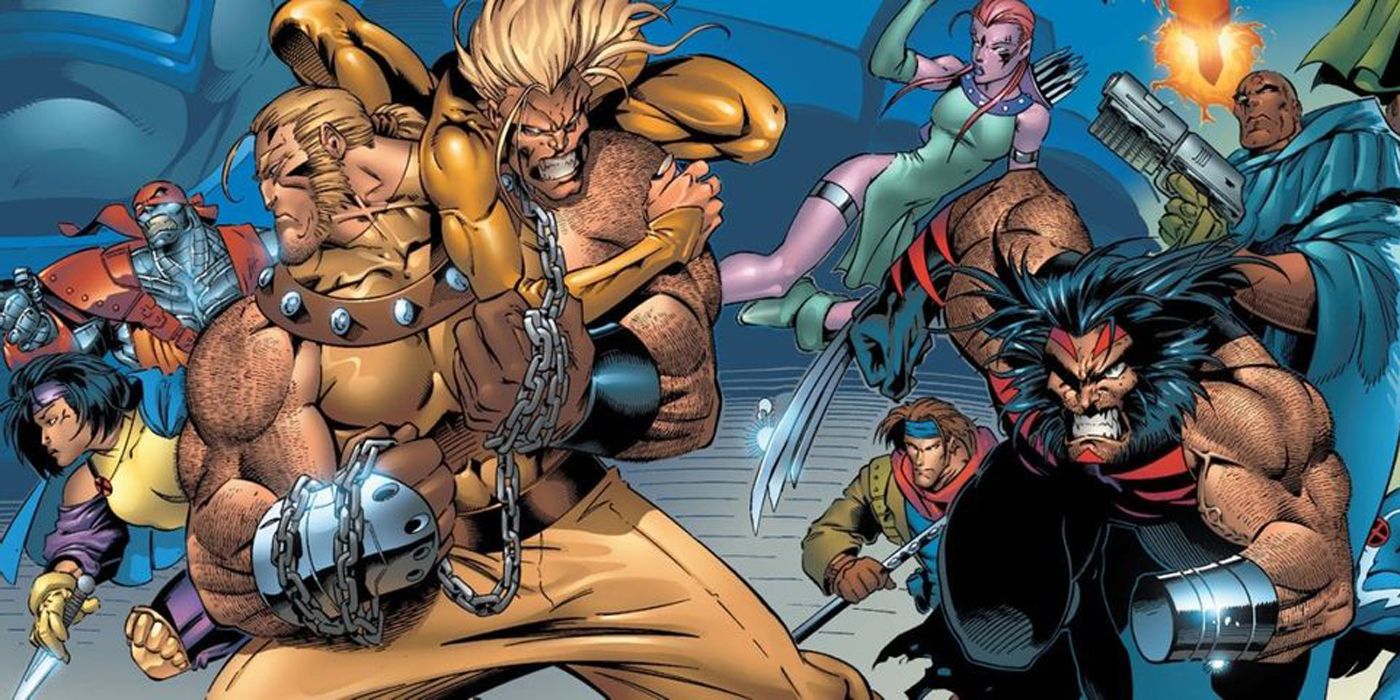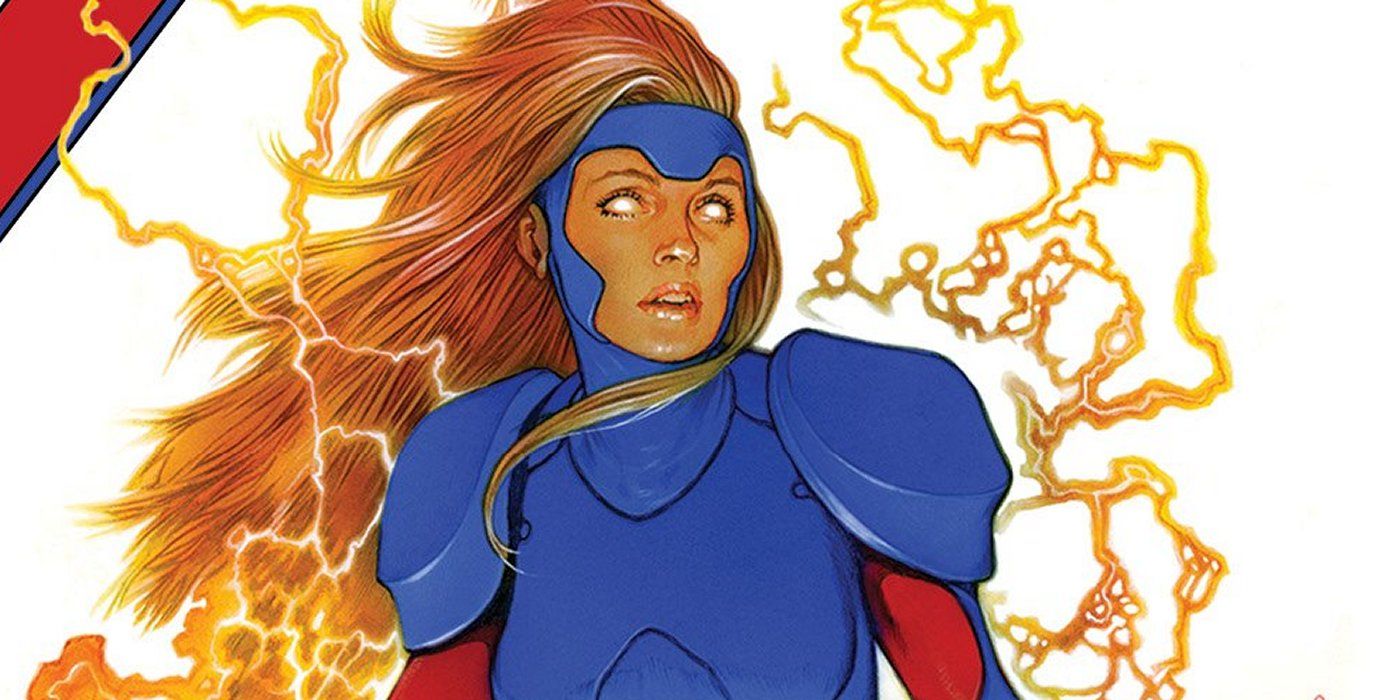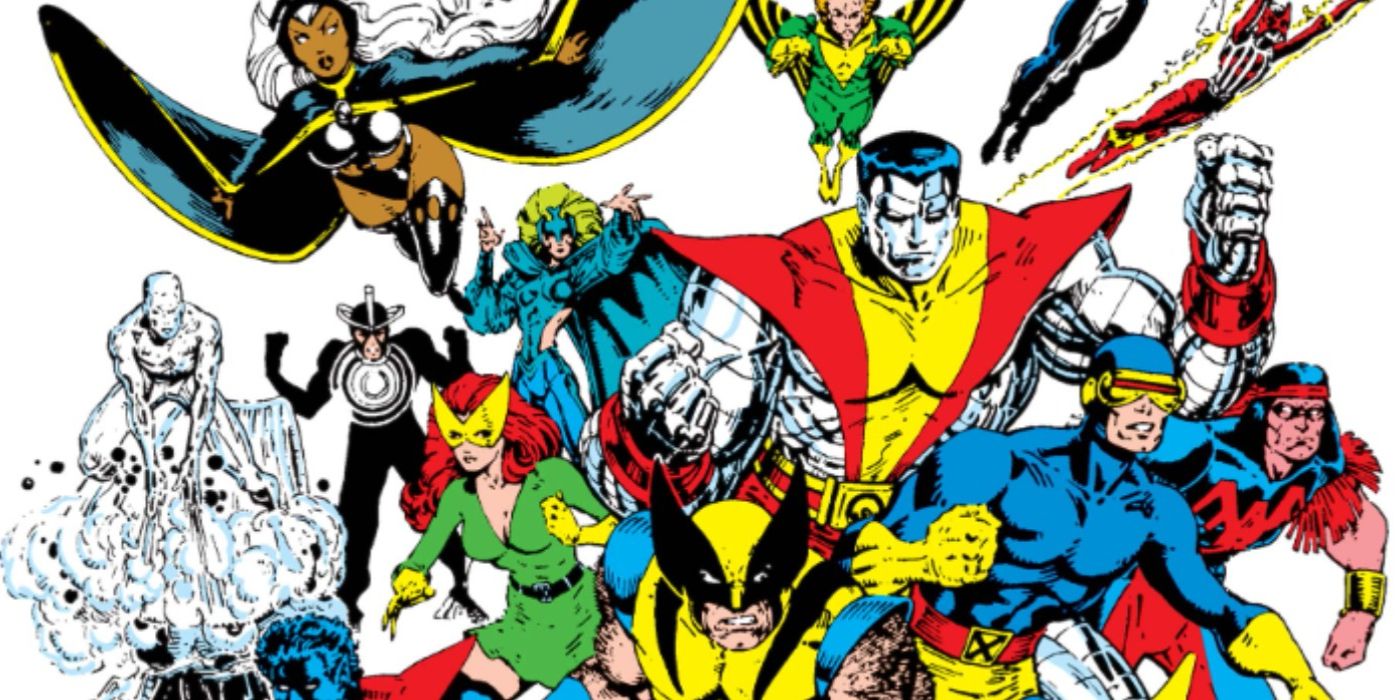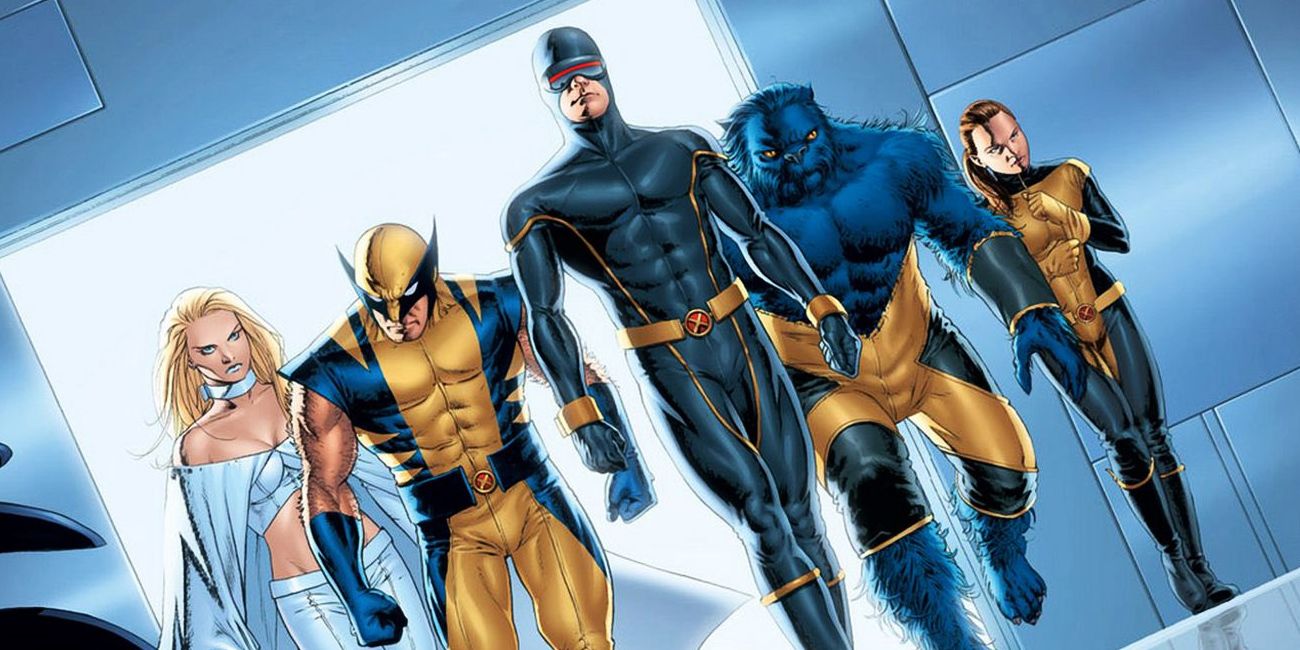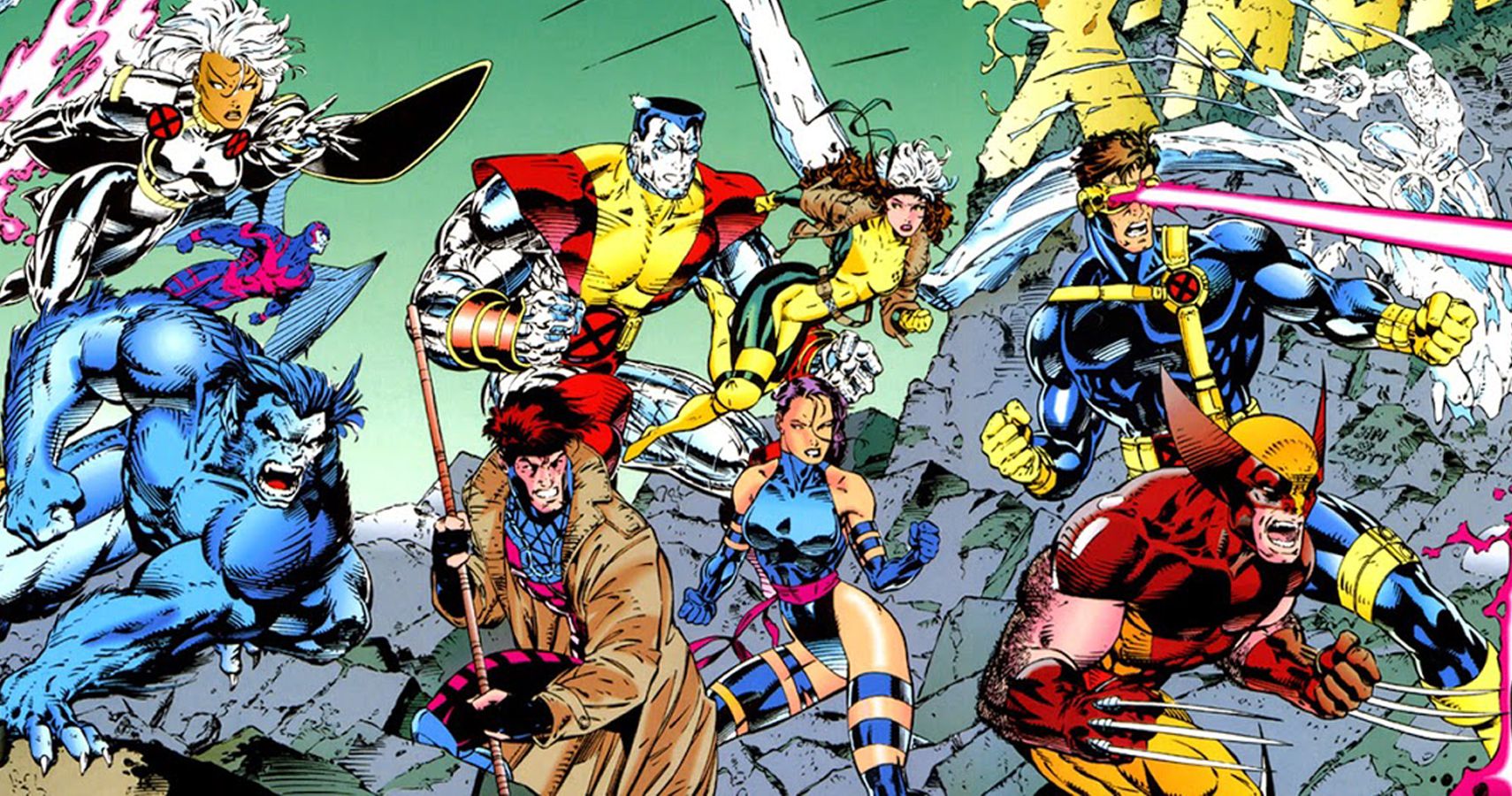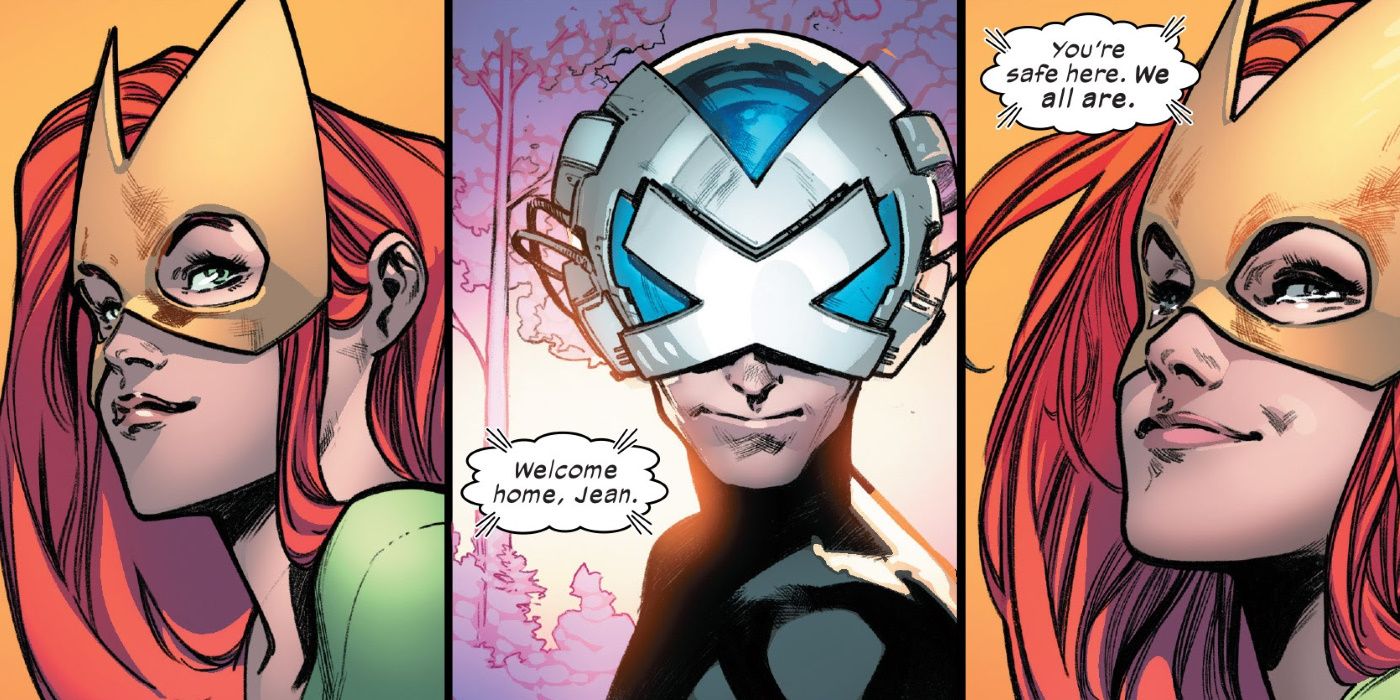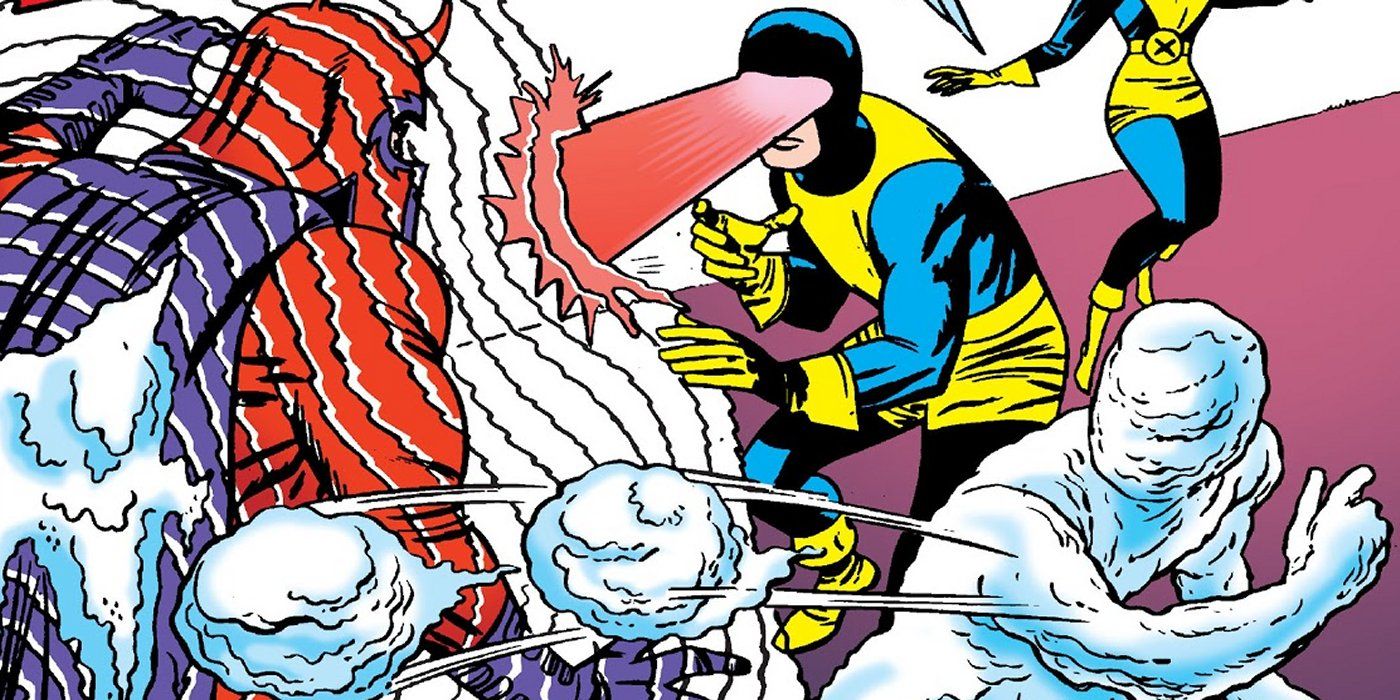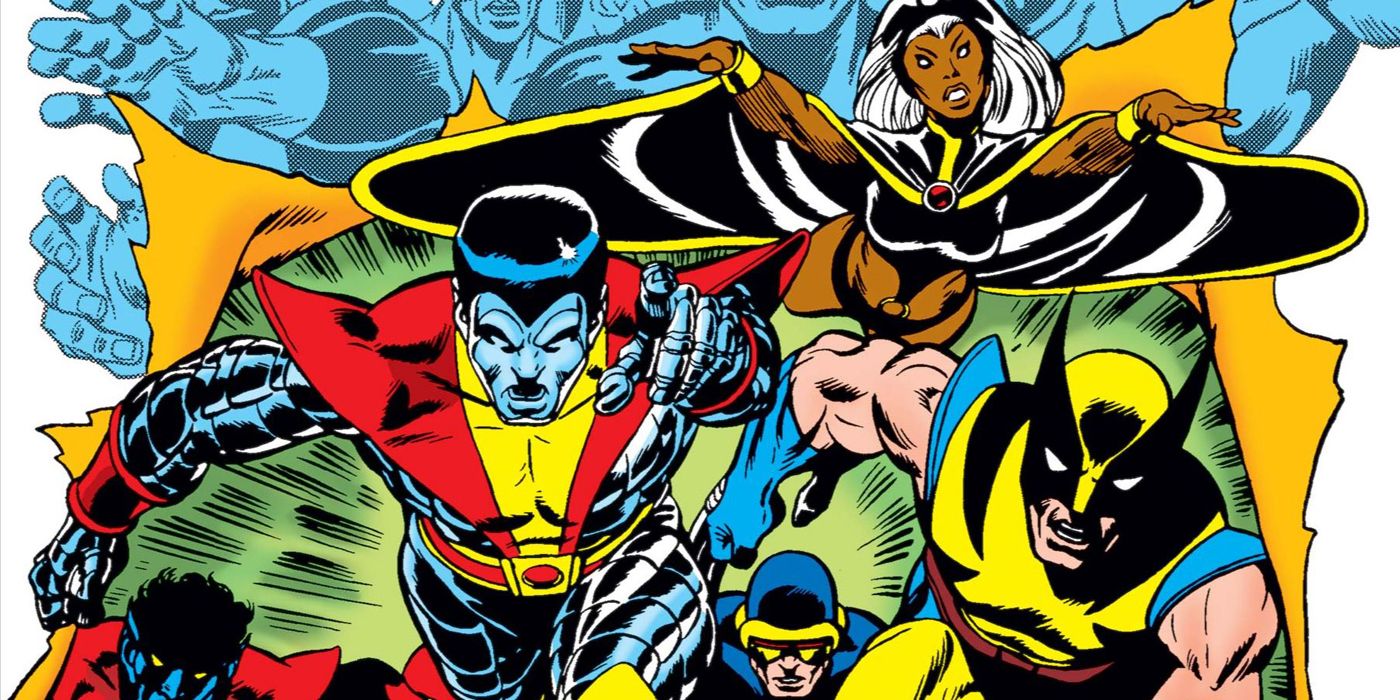The X-Men are coming to the MCU in the near future, and there are many options in Marvel Comics for how the team will be adapted. A lot of them originate in the first issues of seminal X-Men runs, many of which count among the most important and the most popular comics in the history of the medium.
From the very first issue of X-Men in 1963 to the most recent volume of the series in 2021, many first issues of X-Men orient the reader and establish the new status quo. Writers like Stan Lee, Chris Claremont, and Jonathan Hickman have imagined the team for their era, making the decision on which to base the MCU version off of a difficult one.
Ultimate X-Men #1 (2001)
Ultimate X-Men #1 presents readers with a completely new starting point for the X-Men. Set in the alternate universe of Earth-1610, it provides an updated origin for the team for a modern audience and also takes advantage of hindsight by having some popular later introductions like Storm and Colossus as part of the team from the beginning.
It also introduces Wolverine as a villain and agent of Magneto, completely upending the status quo from Earth-616. Together with the excellent art by Adam Kubert, it's not just one of the best X-Men first issues but also one of the best X-Men issues of the 2000s.
X-Men #1 (2021)
X-Men #1, the sixth volume of the series, just came out a few months ago, but it's already set a great precedent for the new Krakoan era. The new status quo introduced by Jonathan Hickman in 2019 included an X-Men comic but not a dedicated X-Men team. This was rectified with the new book, which features a powerhouse lineup including Rogue, Sunfire, Polaris, Wolverine, Synch, Jean Grey, and Cyclops.
Written by Gerry Duggan and drawn by Pepe Larraz, the issue contains a suitably huge story of the new team working together from their new home base in a treehouse in Central Park. While it's still relatively new, this issue already promises a new era of X-Men comics that is closer to the grand adventures usually experienced by the Avengers or the Fantastic Four.
X-Men Alpha #1 (1995)
The Age Of Apocalypse storyline from the mid-90s is set in one of Marvel Comics' darkest future timelines, but X-Men Alpha #1 is a fantastic introduction to this unsettling new status quo. The comic throws readers into a dystopian world where the X-Men are led by Magneto after the death of Professor X and Apocalypse has destroyed much of the world.
It's one of the creative high points of the '90s, featuring tons of reinterpreted characters like Sabretooth with great visual designs by artist Joe Madureira, and the return of fan favorites like Blink. The issue also introduced an important alternate timeline that has impacted the Earth-616 version of the X-Men, most notably with characters such as Dark Beast and the Sugar Man crossing over and wreaking havoc on Marvel's merry mutants.
X-Men Red #1 (2018)
X-Men Red only had a brief run in 2018, but the first issue highlighted the promise of the book. Jean Grey returns to lead a new squad of X-Men, and their first opponent is none other than Cassandra Nova, the evil twin of Professor X. The comic is a great showcase for Jean's considerable powers, but also her leadership skills.
The concept of creating a mutant nation introduced here is explored in full in House Of X and Powers of X, which would follow in 2019. But this comic offers an intriguing moment of transition for the X-Men from the past to the future.
Classic X-Men #1 (1986)
Classic X-Men #1 from 1986 reprints the story from Giant-Size X-Men #1, but the real attraction here is the all-new backup story. It establishes that Wolverine and Jean Grey had feelings for each other from the start, which helps explain her sudden departure from the team in X-Men #94.
Legendary X-writer Chris Claremont used the reprint series to create new short stories that added context and deepened characters and the first one is key. The issue also features a great new cover by Art Adams, who was behind some of the best X-Men issues of the 1980s.
Astonishing X-Men #1 (2004)
After the creative experimentation of the New X-Men run by writer Grant Morrison and artist Frank Quitely (which did not feature a new #1), the concept of the team reverted to type. This wasn't a bad thing as Astonishing X-Men #1 brings the team back with a familiar roster that included Wolverine and Kitty Pryde returning alongside Cyclops, Emma Frost, and Beast.
The first chapter of the "Gifted" storyline sets a lot of things in motion, including the formation of S.W.O.R.D., which has become significant in the comics and the MCU, as well as the return of Colossus. The issue also re-introduced the concept of superhero costumes and disguises for the team, which had been abandoned by Morrison years earlier.
X-Men #1 (1991)
X-Men #1 from 1991 remains the highest-selling single comic book of all time, with 8.1 million copies in print. But that isn't the only reason for its significance. This issue is the first chapter of Chris Claremont's final X-Men arc and returns Magneto to being a villain after many years of being an ally and even leader of the New Mutants.
The fantastic art by Jim Lee was a huge selling point, and this issue introduces an avalanche of iconic costume designs, many of which were immediately adapted and made even more popular in the best episodes of X-Men: The Animated Series. This issue is also important as it introduced the concept of separate "Blue" and "Gold" squads of X-Men, which allowed multiple teams to co-exist at one and in a plethora of titles as the X-Men franchise expanded.
House Of X #1 (2019)
House Of X #1 represents the biggest shift in the status quo for the team since perhaps Giant-Size X-Men #1. The issue, written by Jonathan Hickman and drawn by Pepe Larraz, opens with the resurrection of some X-Men by Professor X, immediately establishing the new and disorienting reality of mutants on Krakoa.
Many major mysteries are initiated in this issue, including just what is going on in Krakoa. Many of them remain open-ended, but for readers new and old, this is a landmark issue that is certain to be revisited in the years to come as more secrets are revealed.
X-Men #1 (1963)
X-Men #1 from 1963, written by Stan Lee and drawn by Jack Kirby, is one of the most important comics in Marvel history. It introduces the concept of mutants and their struggle to fit in and establishes several all-time great characters like Professor X, Magneto, and the original five X-Men including Cyclops, Jean Grey, Iceman, Angel, and Beast.
Though the comic wasn't initially a hit, eventually abandoning new stories for reprints, the characters, and concepts introduced here would become fundamental not just to the X-Men but all of Marvel Comics. The issue is now considered a classic example of Silver Age comic book storytelling, with clear, dynamic layouts and a simple story that firmly established the X-Men concept and a multitude of characters, locations, and storylines that are still being utilized and revamped today.
Giant-Size X-Men #1
As important as the first X-Men comic in 1963 is, it's unlikely the X-Men ever become the pop culture phenomenon they are today without Giant-Size X-Men #1. Written by Len Wein and drawn by Dave Cockrum, this issue introduces a new team, including iconic characters like Storm, Colossus, Nightcrawler, and bringing in Wolverine from The Incredible Hulk.
The new, diverse and dynamic team was a major change from the comics available at the time, with Dave Cockrum's legendary costume designs creating instantly iconic characters that have largely remained the same visually ever since. The issue fundamentally changed the X-Men by modernizing and diversifying the team's lineup and refining the concept of the social outcast so that it could apply to any generation.

